1. Helike, Greece
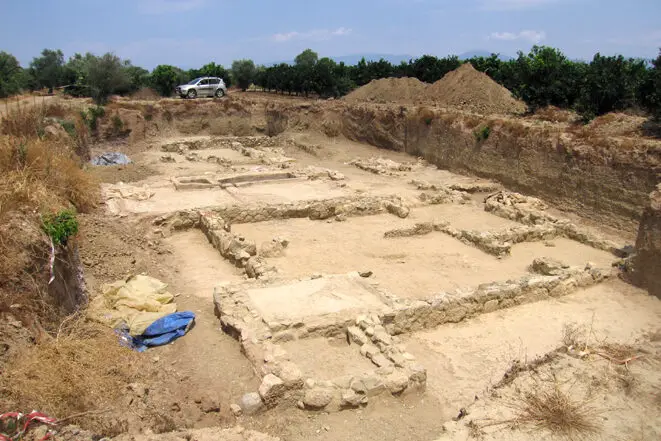
Imagine waking up one morning in a beautiful seaside city, only for it to vanish by nightfall. That’s what happened to Helike, a thriving Greek city once considered a cultural and religious hub. In 373 BCE, a massive earthquake followed by a tsunami completely swallowed it, dragging the entire city and its inhabitants into the sea. The event was so shocking that ancient writers like Strabo and Pausanias referenced it for centuries. For a long time, many believed Helike was just a myth, similar to Atlantis shares Aeon.
Then, in the 1990s, archaeologists finally discovered ruins beneath layers of silt and water near the Gulf of Corinth. Statues, coins, and streets were uncovered, proving the city had once existed and was lost beneath the waves. It’s eerie to think a place that bustling could be wiped out so thoroughly it took over 2,000 years to find adds Britannica.
2. Cahokia, United States
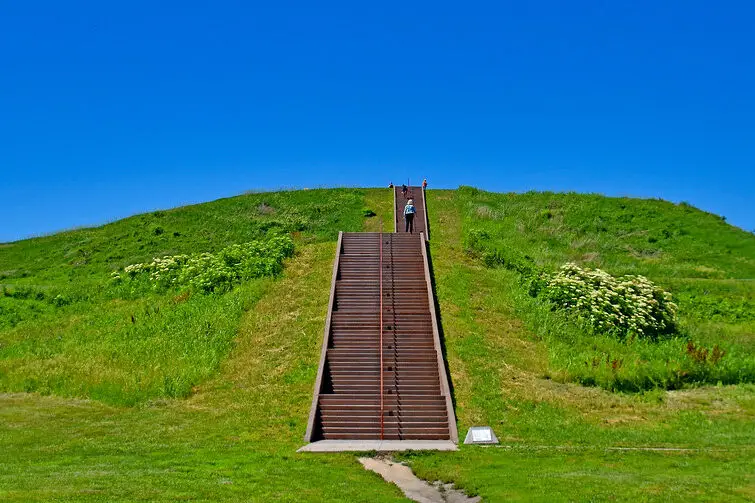
Right near present-day St. Louis once stood a massive Native American city called Cahokia. It was booming around the year 1100 and had more residents than London at the time. With its large mounds, grand plaza, and sophisticated society, Cahokia was a true metropolis. But by the 1300s, it was empty. No one knows exactly why. Some think climate change or political unrest played a role shares Frontiers.
What’s most surprising is how advanced the city was. There were trade routes stretching for hundreds of miles, and some structures aligned with solar events like Stonehenge. Yet there are no written records, and no one knows what the residents called themselves. It’s one of those quiet mysteries that lingers just under the surface of modern America says Newsweek.
3. Akrotiri, Greece
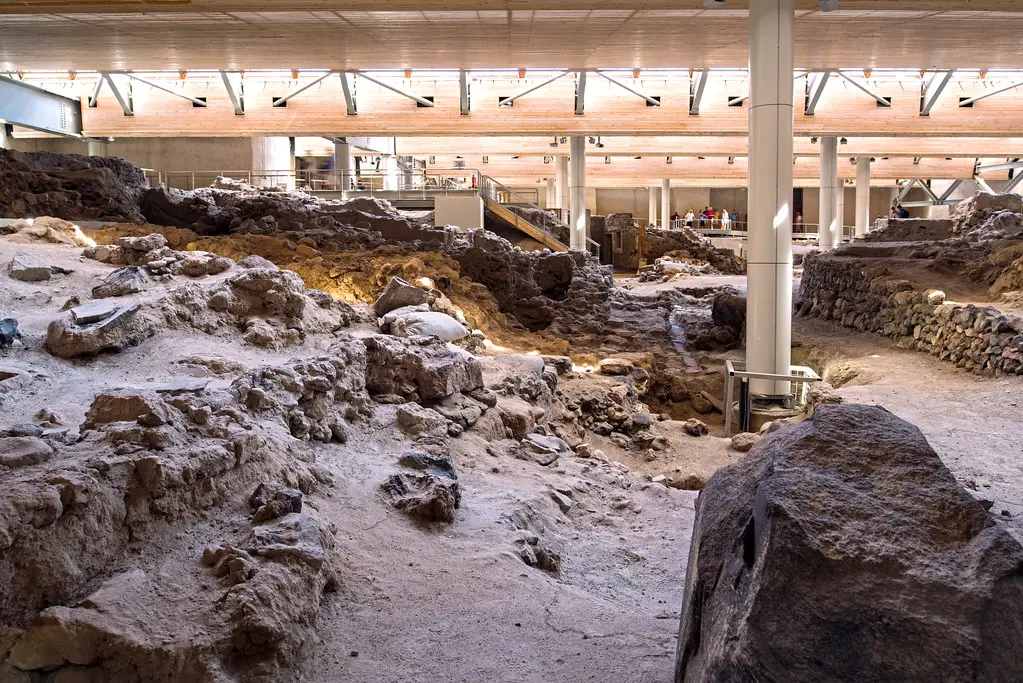
Long before Pompeii, there was Akrotiri—a stunning Minoan city on the island of Santorini. It was buried in volcanic ash around 1600 BCE after one of the most violent eruptions in human history. The eruption preserved the city beautifully, freezing homes, pottery, and even intricate frescoes in time. But oddly enough, no bodies were found, leading experts to believe the residents fled before disaster struck.
Today, wandering through Akrotiri’s ruins feels like peeking into someone’s home after they just stepped out. You can still see beds, vases, and even staircases. What’s haunting is that their civilization vanished afterward, and we don’t know where the survivors went. It’s like they walked into history and never came back.
4. Mohenjo-Daro, Pakistan
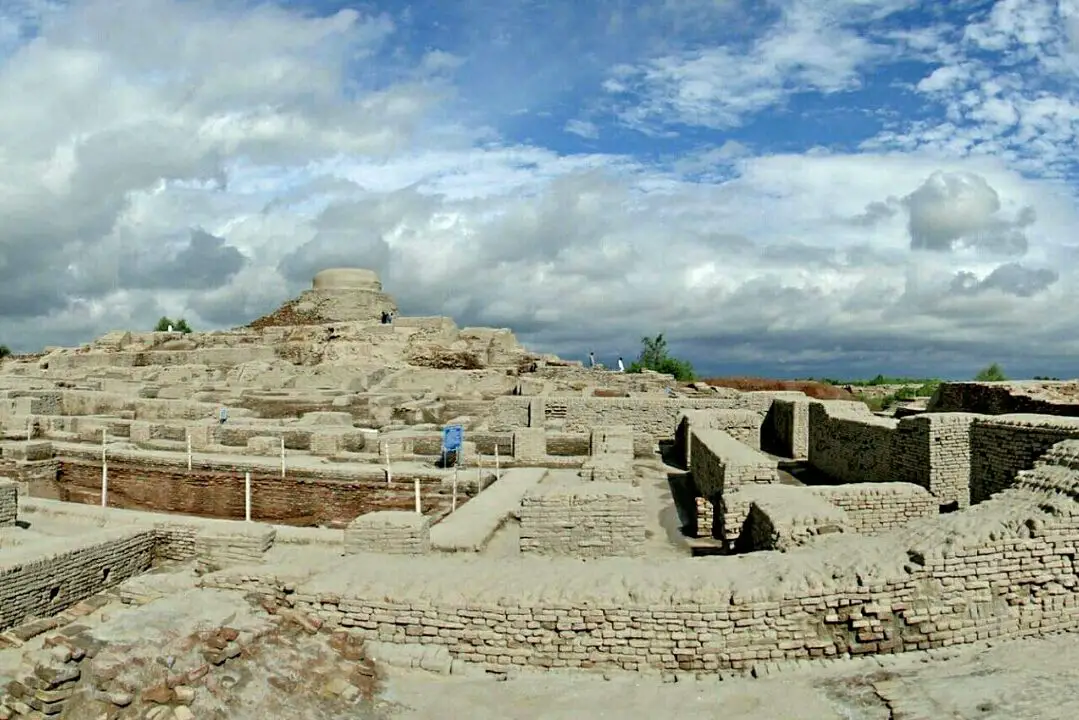
Mohenjo-Daro was one of the main cities of the Indus Valley Civilization, which thrived over 4,000 years ago. It had running water, complex drainage systems, and even public baths—things we didn’t see in Europe for centuries afterward. But somewhere around 1900 BCE, the city was abandoned. There were no signs of war, no dramatic destruction, just silence.
Some theories blame climate change or shifting rivers, while others suggest a gradual societal collapse. What makes it even more baffling is that we still can’t read their writing. Their script remains undeciphered, locking away so much potential knowledge. It’s like losing the key to a forgotten library.
5. Great Zimbabwe, Zimbabwe

Once the heart of a mighty kingdom, Great Zimbabwe was a city filled with stone towers, walls, and complex architecture. It flourished between the 11th and 15th centuries and was an important trading post, with evidence of goods from as far away as China and Persia. At its peak, it may have housed up to 20,000 people. Then, mysteriously, it was left behind.
European explorers couldn’t believe Africans had built it, and for years tried to credit outsiders. But modern archaeology has proven otherwise—it was 100% a local marvel. Even now, the cause of its decline isn’t clear. Soil exhaustion, drought, or changing trade routes might have played a part, but the exact reason remains hidden.
6. Ubar, Oman

Often called the “Atlantis of the Sands,” Ubar was said to be a wealthy desert city mentioned in the Quran and Arab legends. For centuries, people believed it was just a myth. Then in the 1990s, satellite imagery and ground exploration led researchers to ruins in Oman that might just be the fabled city. Ubar likely served as a key stop for the frankincense trade.
The working theory is that its collapse was due to a sinkhole—its water supply caved in, making life there impossible. Over time, sand swallowed what was left. Imagine a bustling oasis just being swallowed by the desert like it never existed. It’s a stark reminder of how fragile prosperity can be.
7. Ani, Turkey
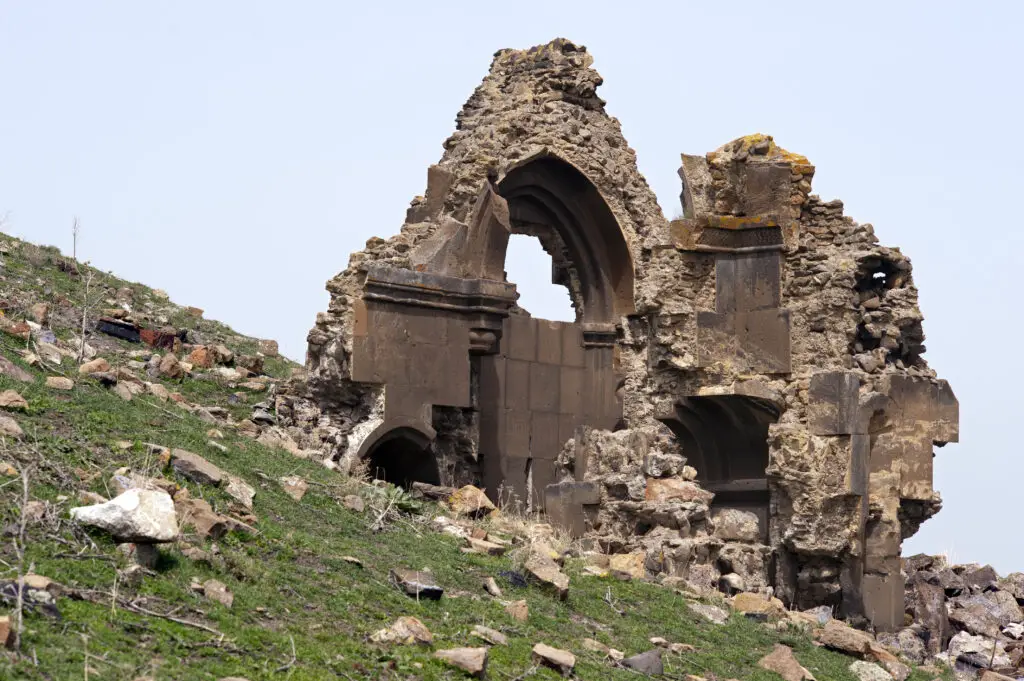
Perched on the border of modern-day Turkey and Armenia, Ani was once known as the City of 1,001 Churches. It was a medieval metropolis, rich with architecture, art, and political power. In the 10th century, it rivaled Constantinople in beauty and influence. But a series of earthquakes, invasions, and shifting trade routes slowly wore it down.
By the 1700s, Ani was completely abandoned. Now, its haunting stone buildings and empty cathedrals stand silent on the wind-swept plains. Visitors often describe it as ghostly and beautiful at the same time. It’s like walking through a forgotten dream.
8. Thinis, Egypt
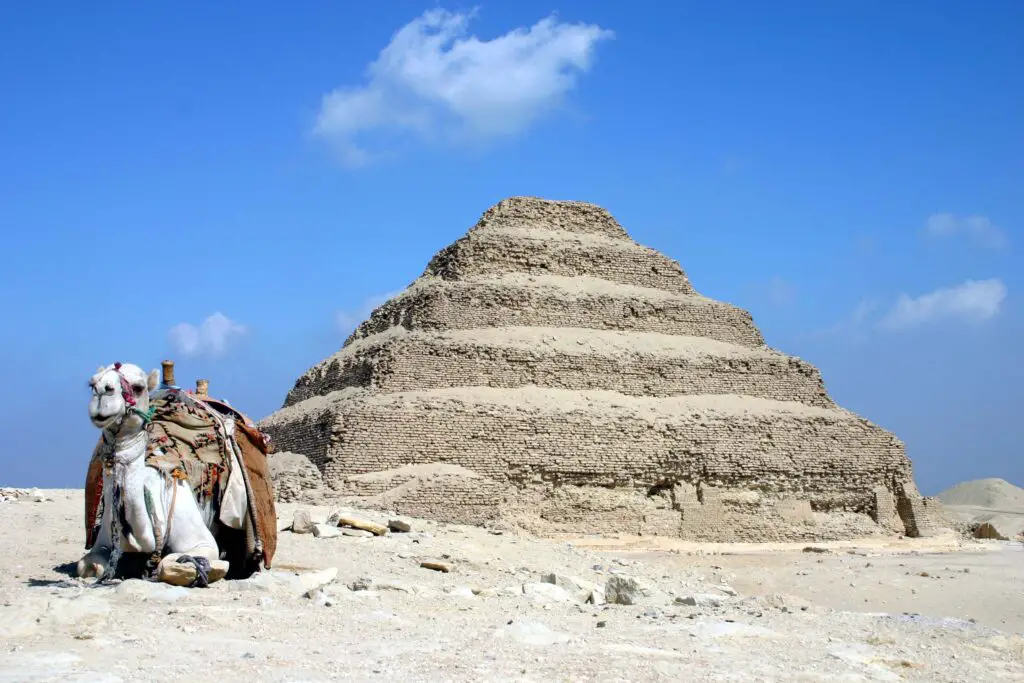
Thinis is the kind of city historians know existed but have never been able to locate. It was supposedly the first capital of a unified Egypt, long before the pyramids. Ancient texts talk about it with reverence, placing it at the center of early dynastic power. Yet no one has been able to find a single building or artifact from Thinis.
It’s strange, isn’t it? A city so important it once ruled over pharaohs but now exists only in memory. Some believe it’s buried under a modern city or perhaps destroyed beyond recognition. Whatever the case, it’s a capital lost to time.
9. Pavlopetri, Greece
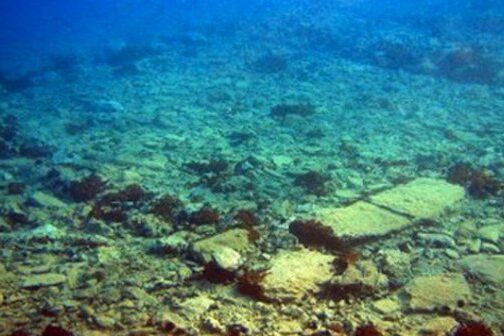
Pavlopetri is believed to be the oldest submerged city in the world. Dating back over 5,000 years, it lies just off the coast of southern Greece. The entire city is preserved underwater—streets, buildings, tombs, and even a town square. It’s like an ancient snapshot just resting below the waves.
Most likely, a series of earthquakes slowly caused the city to sink. What’s fascinating is how modern it feels—some of the layouts resemble present-day city planning. Divers who visit often say it’s like swimming through history. Yet hardly anyone outside of archaeology circles knows it exists.
10. Caral, Peru
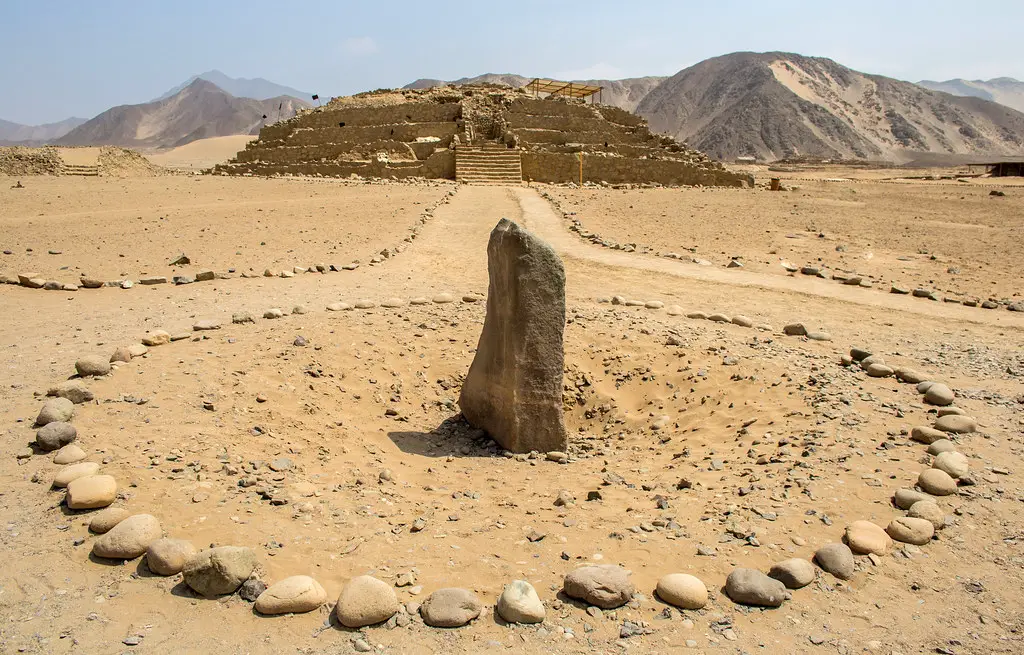
Caral is one of the oldest known cities in the Americas, dating back nearly 5,000 years. It’s so ancient that it predates the Inca by millennia. The city had pyramids, amphitheaters, and residential areas, all laid out with surprising sophistication. But for reasons still unknown, it was eventually abandoned and forgotten.
It wasn’t rediscovered until the late 20th century. Unlike many ancient cities, Caral shows no signs of warfare, which has fascinated researchers. It seems to have been a peaceful society focused on trade and ceremony. Sometimes, history doesn’t vanish in fire—it just fades.
11. Tikal, Guatemala
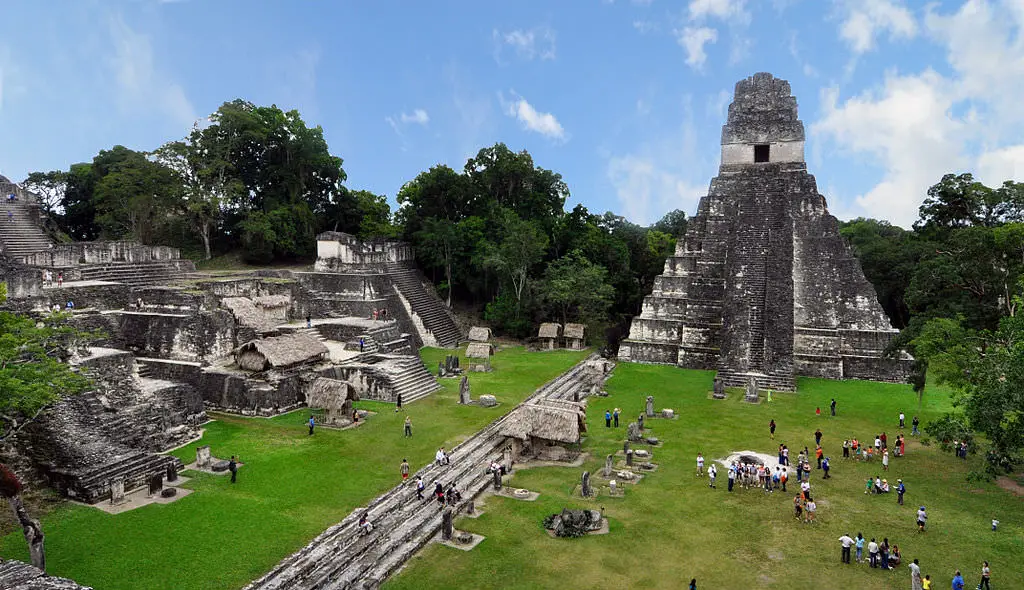
Tikal was once a towering jewel of the Mayan Empire, with massive stone temples and bustling marketplaces. It was home to tens of thousands of people, surrounded by lush jungle. But by the end of the 9th century, it was largely deserted. No one knows for sure why, though theories include drought, warfare, and political instability.
For centuries, the jungle kept its secrets. Trees grew over palaces, vines covered temples, and animals roamed freely through once-grand plazas. It wasn’t until the 1800s that explorers started hacking through the greenery to reveal the stone beneath. Today, Tikal is open to tourists—but it still feels like stepping into a forgotten world.
